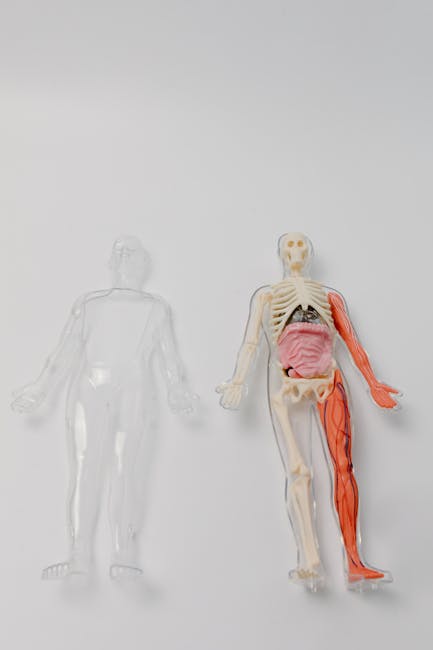Affected Organs: Which Body Organs Does Mesothelioma Mainly Impact? 🤔
Mesothelioma is a word that often brings a chill due to its association with a rare yet aggressive form of cancer. This disease is most commonly linked with asbestos exposure, which many people may have encountered in their lives, knowingly or unknowingly. If you’re wondering about the organs this disease affects, you’re in the right place. Let’s dive into the world of mesothelioma and explore its impact on the human body.
Table of Contents
1. The Lungs: Pleural Mesothelioma
2. The Abdomen: Peritoneal Mesothelioma
3. The Heart: Pericardial Mesothelioma
4. The Testes: Rare Cases of Testicular Mesothelioma
5. Conclusion
6. FAQs
The Lungs: Pleural Mesothelioma 🫁
The most common form of mesothelioma, pleural mesothelioma, affects the pleura, which is the thin membrane surrounding the lungs. This form accounts for about 75% of all mesothelioma cases. The pleura consists of two layers that cover the lungs and line the chest wall, allowing the lungs to move smoothly during respiration. When asbestos fibers are inhaled, they can lodge in the pleura, causing inflammation and scarring, eventually leading to cancerous growths.
The Abdomen: Peritoneal Mesothelioma 🍽️
Next up is peritoneal mesothelioma, which targets the peritoneum, the lining of the abdominal cavity. This type accounts for roughly 20% of mesothelioma cases. It is believed that asbestos fibers reach the abdomen either by being swallowed or through migration from the lungs. The symptoms can include abdominal pain, swelling, and an unexplained weight loss. Despite its rarity, it’s crucial to recognize the signs early for better treatment outcomes.
The Heart: Pericardial Mesothelioma ❤️
Pericardial mesothelioma is an exceptionally rare form, impacting the pericardium, the protective sac around the heart. With only about 1% of mesothelioma cases falling into this category, it remains one of the least understood forms. Symptoms often include chest pain and heart palpitations. Due to its rarity, diagnosis is often challenging, and it is typically discovered during surgery or an autopsy.
The Testes: Rare Cases of Testicular Mesothelioma 🎾
Even rarer is testicular mesothelioma, which affects the tunica vaginalis of the testes. This form is so rare that there are only a few hundred documented cases globally. It often presents as a lump or swelling in the testicular area. The limited number of cases makes it difficult to establish a standard treatment protocol, but early detection remains key.
Conclusion
While mesothelioma is a formidable opponent, understanding its primary targets within the body can aid in early detection and treatment. The lungs, abdomen, heart, and, albeit rarely, the testes are the main areas affected. Awareness and education about these impacts can help in managing and possibly mitigating the effects of this challenging disease.
FAQs 📝
Q1: How is mesothelioma diagnosed?
A: Mesothelioma is typically diagnosed through imaging tests like X-rays and CT scans, followed by a biopsy to confirm the presence of cancerous cells.
Q2: Is mesothelioma always linked to asbestos exposure?
A: While asbestos exposure is the primary cause, there are rare cases where mesothelioma occurs without known exposure to asbestos.
Q3: Can mesothelioma be cured?
A: Currently, there is no cure for mesothelioma, but treatments such as surgery, chemotherapy, and radiation can help manage symptoms and improve quality of life.
Q4: What are the early symptoms of mesothelioma?
A: Early symptoms can include chest pain, shortness of breath, abdominal swelling, and unexplained weight loss, depending on the affected area.
Q5: Who is at risk for developing mesothelioma?
A: Those who have worked in industries with asbestos exposure, such as construction, shipbuilding, and manufacturing, are at higher risk, as well as their family members due to second-hand exposure.


